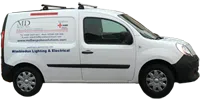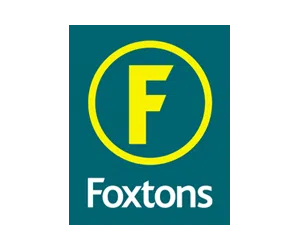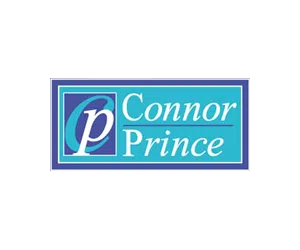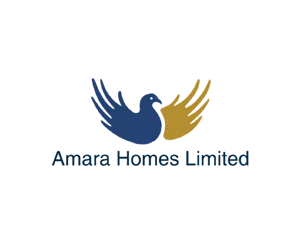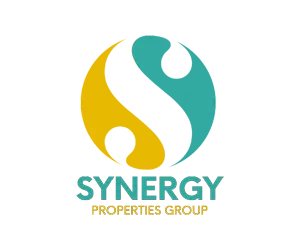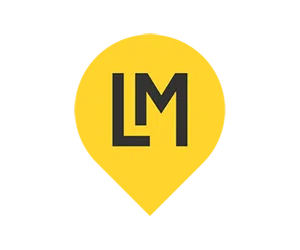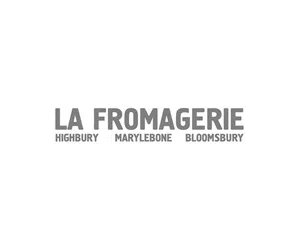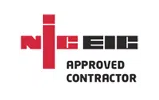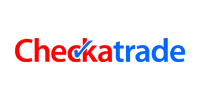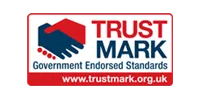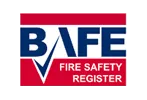Fire Extinguishers in Homes & Offices
Do you have one in your home or office?
Most people aren’t aware that it is a legal requirement to have sufficient fire extinguishers available. Are you falling foul of the law?
Why do you need fire extinguishers?
Aside from the fact that as part of the The Regulatory Reform (Fire Safety) Order 2005 which clearly defines the minimum fire safety requirements including fire extinguishers, it is essential that any building has adequate measures in place to deal with the outbreak of a fire.
From ‘standard’ extinguishers to fire blankets, there is a whole range of options to suit the needs of your building and the activities carried out within it.
The types of fire extinguisher
There a 6 main types of extinguisher and it is important you use the right one to avoid causing increased danger to yourself and others.
Class A
Wood, paper, plastics, textiles/soft furnishings
Class B
Flammable liquids, petrol, oil etc
Class C
Flammable gases, propane, butane, methane etc
Class D
Metals; aluminium, magnesium etc
Class E
Electrical equipment, computers, phone chargers etc
Class F
Cooking oils & fats
Water extinguishers
Identified with a RED label, these are suitable for fires on wood, paper, plastics, soft furnishings/textiles etc. Suitable for Class A fires.
Foam extinguishers
Marked with a CREAM label. Suitable for Class A & B fires
Powder extinguishers
Marked with a BLUE label, and suitable for Class A, B & C fires. Not advised for use inside unless unavoidable due to loss of visibility and possible breathing restrictions.
Carbon dioxide extinguishers (CO2)
Marked with a BLACK label. Suitable for Class E fires. Ideal for areas with lots of electrical equipment, such as server rooms
Wet chemical extinguishers
Marked with a YELLOW label. Suitable for Class A, B & F fires.
Fire blankets
Intended for use on hot oil fires, such as deep fat fryers. They can also be used on an individual whose clothing has caught fire.
Where to place fire extinguishers
It is typical to place extinguishers near fire exits or alarm call-points. However, if you have a larger building and have more exits than extinguishers then applying the 30 metre rule, as specified in the UK British Standards (BS5306), which means you should never be more than 30 metres from your nearest extinguisher.
Specialist extinguishers however, should be within easy reach of their specific hazard. For example, fire blankets near to cooking equipment or any wet chemical extinguishers that have specific applications.
Our specialist fire officers will carry out sufficient checks as part of our Fire Risk Assessment and advise where you should be placing extinguishers.
So happy with the service. Fast and tidy and even saved me money on the quote too.
Needed a new consumer unit after fitting a new kitchen. Absolutely impressed with Michael and his team
Definitely recommend MD Bespoke after they replaced all the lights in my flat to LED. Saved me so much money and the finish is amazing

